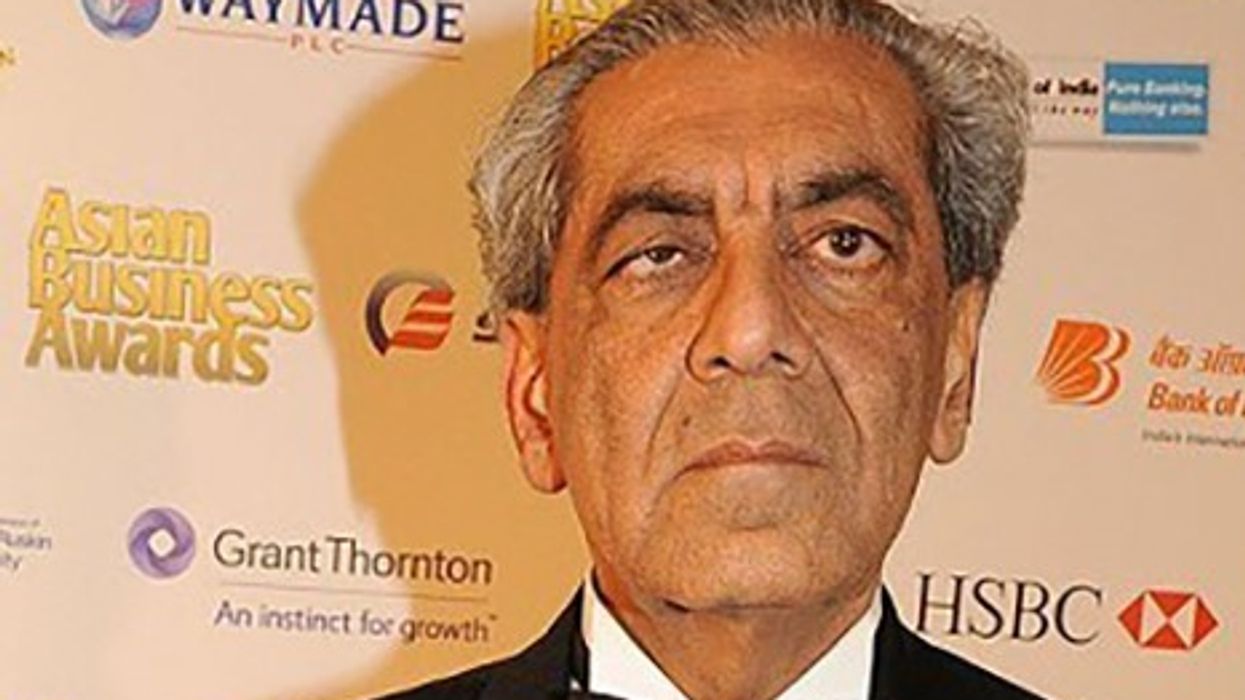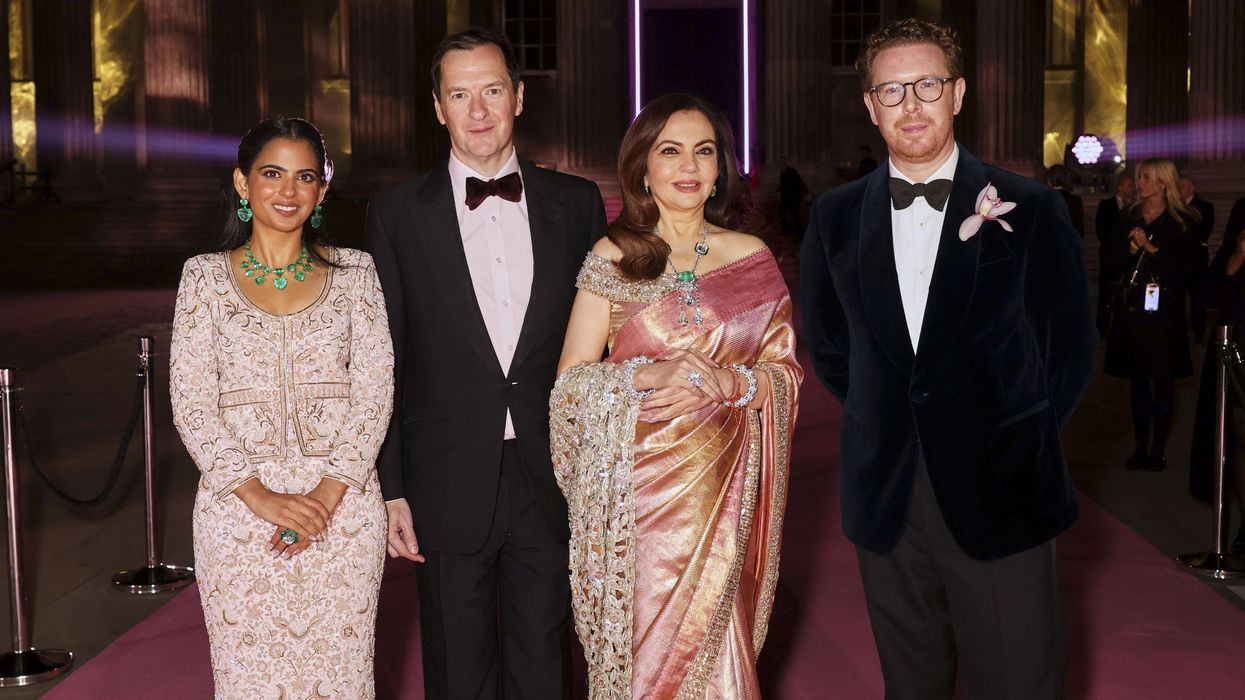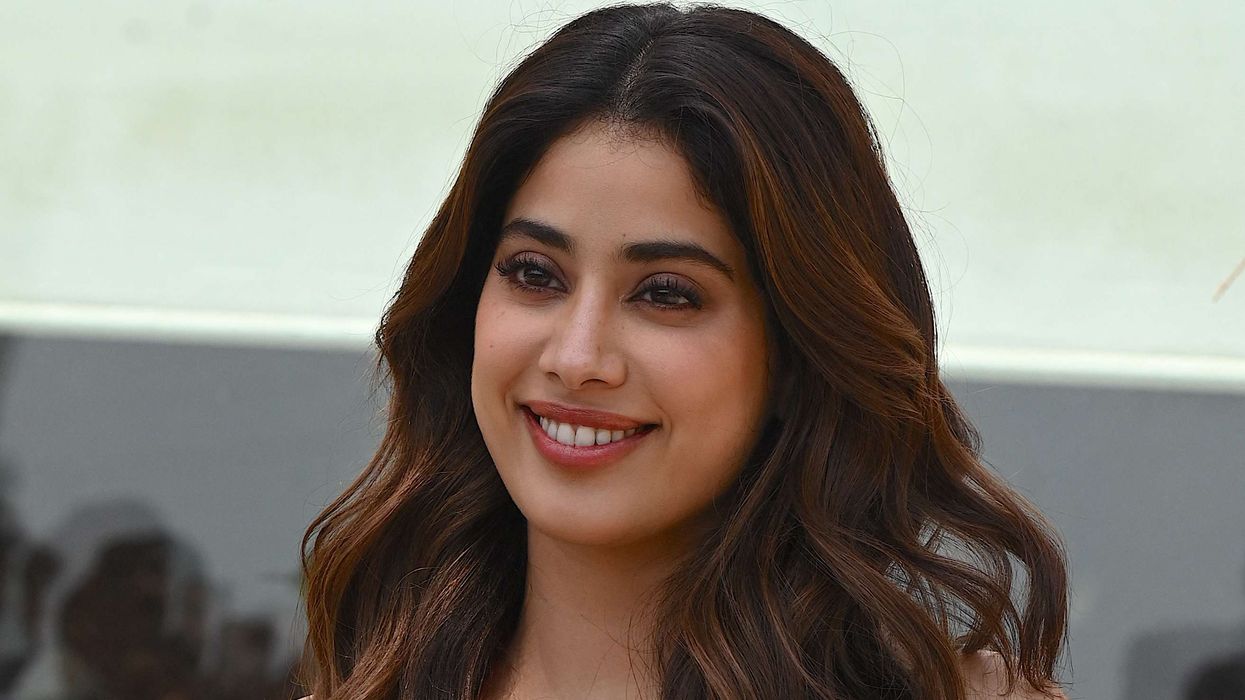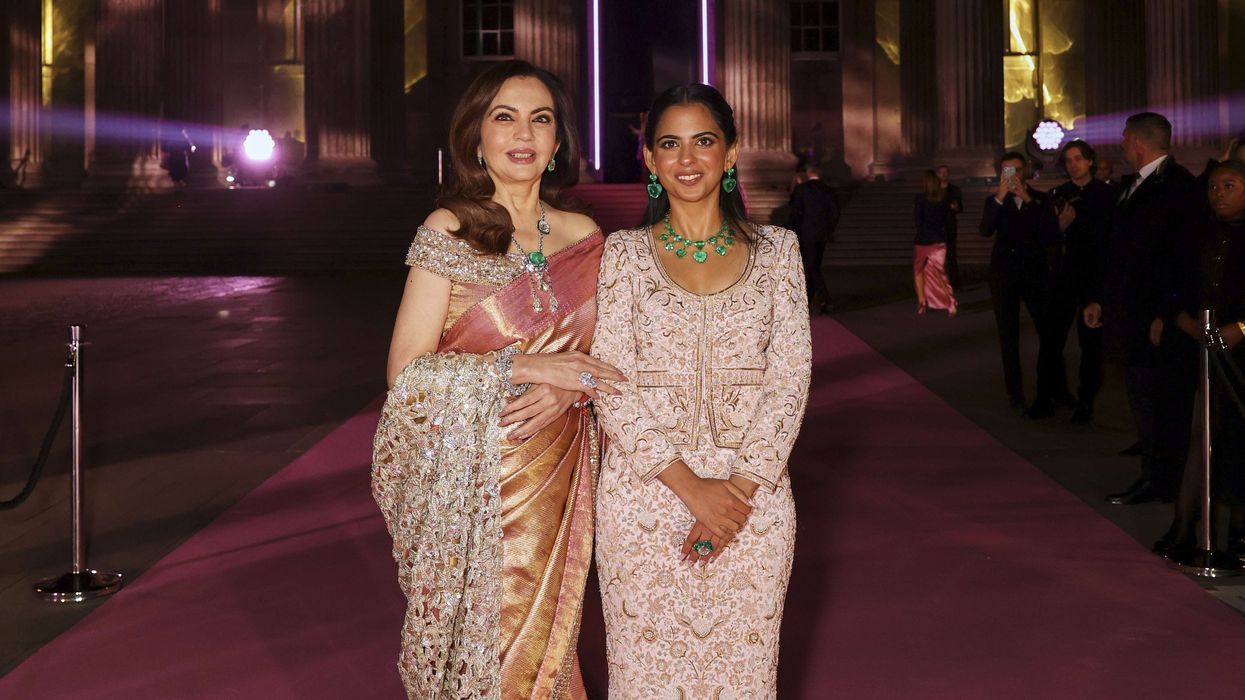Anurag Kashyap has never been one to hold back, and this time, his frustration is aimed squarely at Netflix India. The filmmaker, who helped launch the platform's first Indian original series, Sacred Games, took to Instagram to vent about the hypocrisy of Netflix's content policies.
Kashyap was full of praise for Adolescence, a British crime drama that has been receiving critical acclaim. He called it a masterclass in filmmaking and performance, admitting he felt both admiration and envy. According to him, such bold storytelling would never be approved for production in India by Netflix.
His frustration was triggered by a post from Netflix CEO Ted Sarandos, who praised Adolescence as a groundbreaking show that defies creative limits. Kashyap didn’t hold back in pointing out the irony, arguing that Netflix India operates under an entirely different set of priorities, ones that, in his view, stifle creativity.
“If Adolescence had been pitched to Netflix India, they would have either rejected it or reduced it to a 90-minute film,” he wrote. “It doesn’t fit their formula of having neatly tied-up endings.”
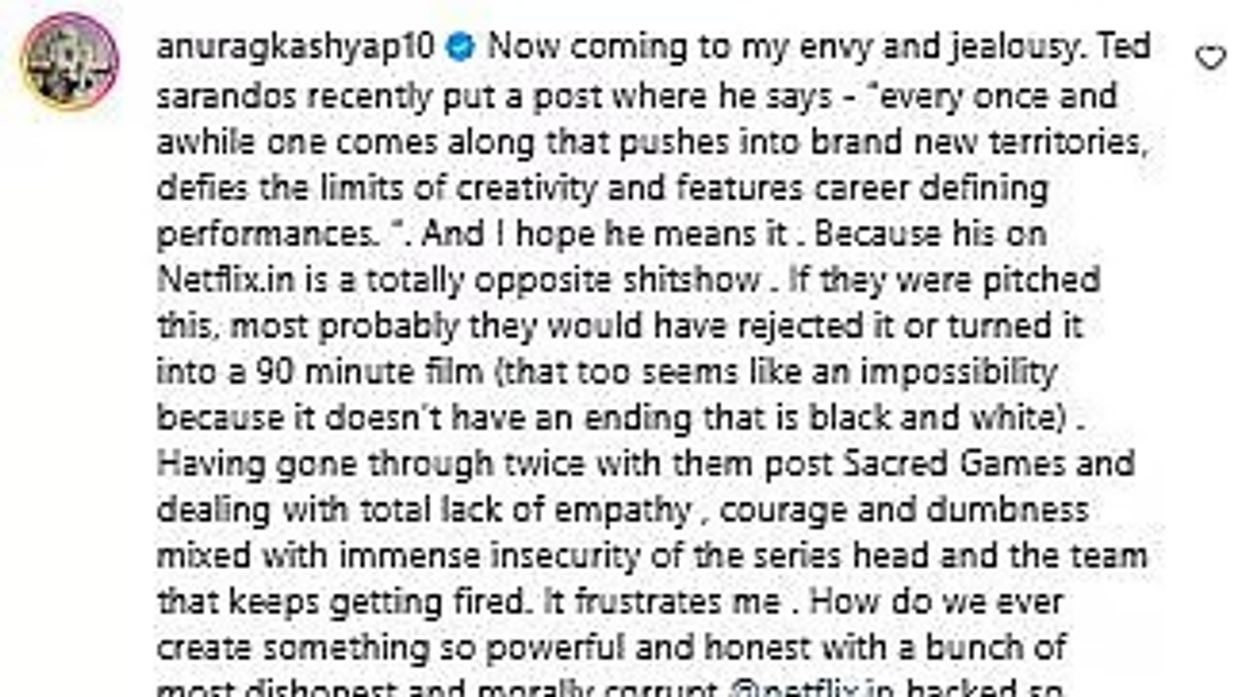
Kashyap then detailed his own experiences with Netflix India post-Sacred Games. He described dealing with a leadership team that lacked vision, courage, and consistency. “They keep firing and rehiring teams, and no one seems to have the ability to back something bold,” he shared. “It’s frustrating to try and make something meaningful when the people in charge are dishonest and morally bankrupt.”
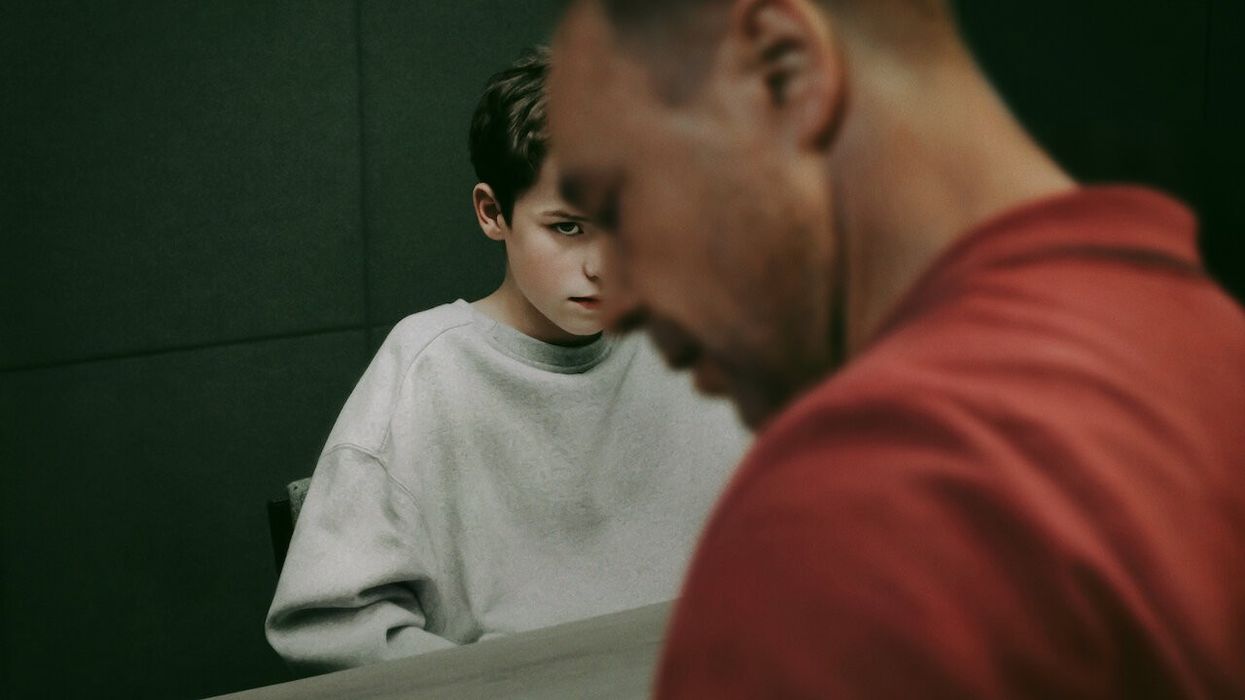
He also criticised Netflix’s approach to the Indian market, accusing them of focusing solely on increasing subscriptions rather than fostering meaningful content. “This hypocrisy is evident in their treatment of India’s massive 1.4 billion audience. They don’t care about storytelling; they just want numbers,” he wrote.
To highlight his point, Kashyap mentioned Saare Jahan Se Achcha, a Netflix India project that he claims was poorly written, changed directors multiple times, and was reshot. He compared this to how Netflix greenlights ground-breaking content in the West while India gets formulaic, safe programming.
Despite his criticism, Kashyap ended on a slightly hopeful note, pointing out that some of Netflix India’s best content like Delhi Crime and Kohrra came from projects the platform had little initial faith in. He hopes that with time, Indian filmmakers will be given the creative freedom they deserve.
For now, though, Kashyap’s message is clear: Netflix India needs to step up if it truly wants to nurture ground-breaking storytelling.
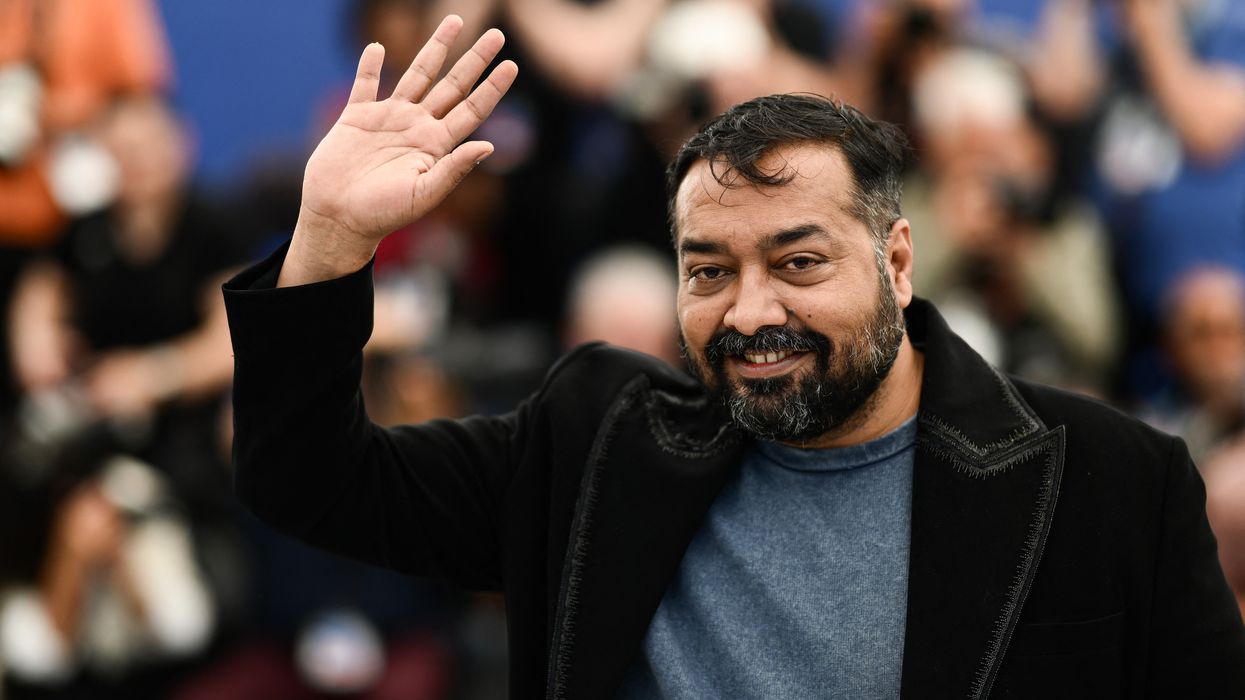

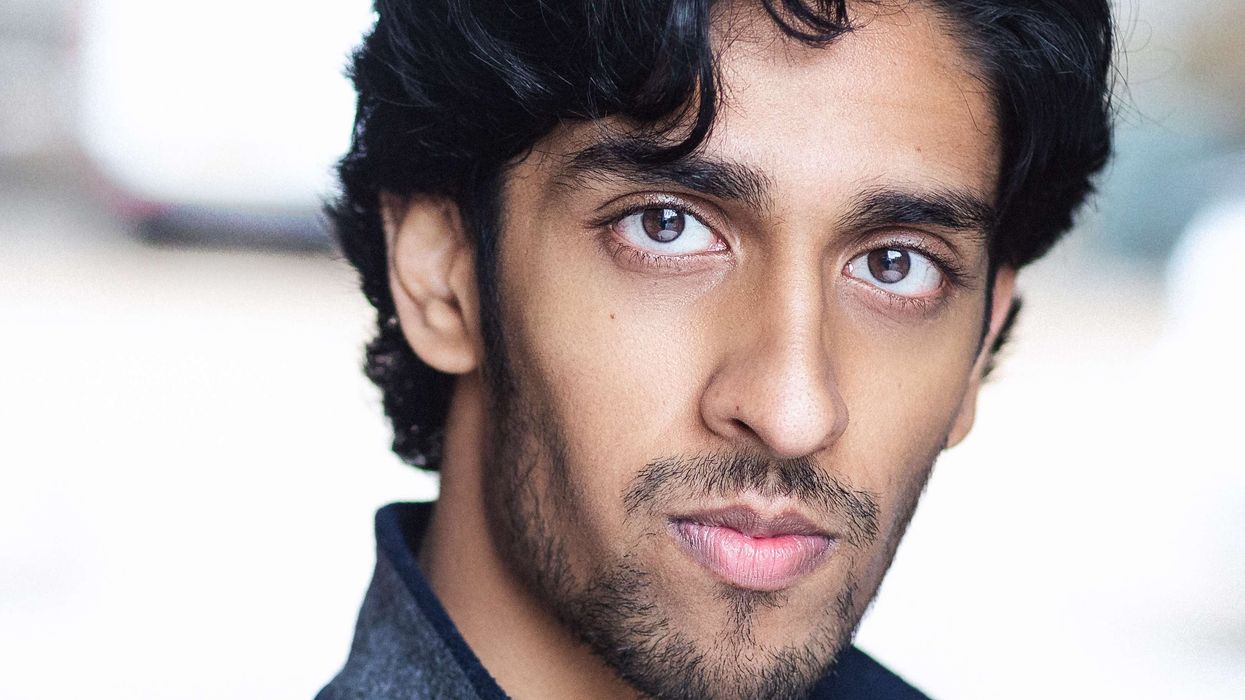

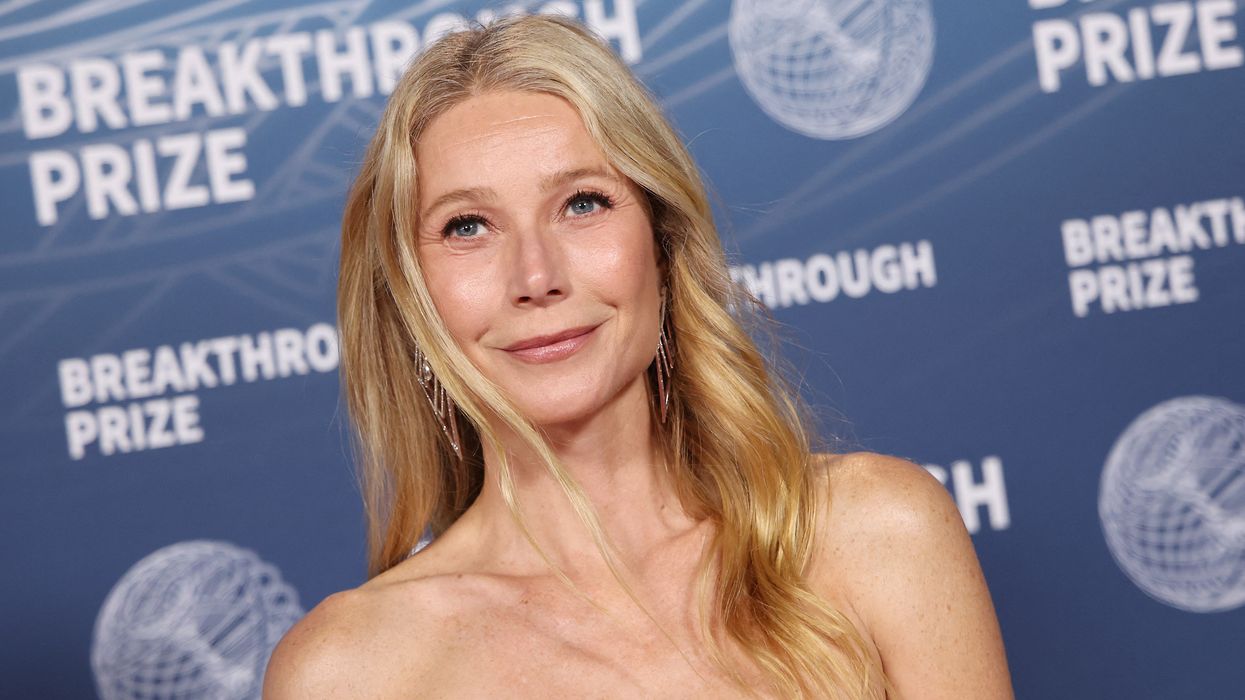

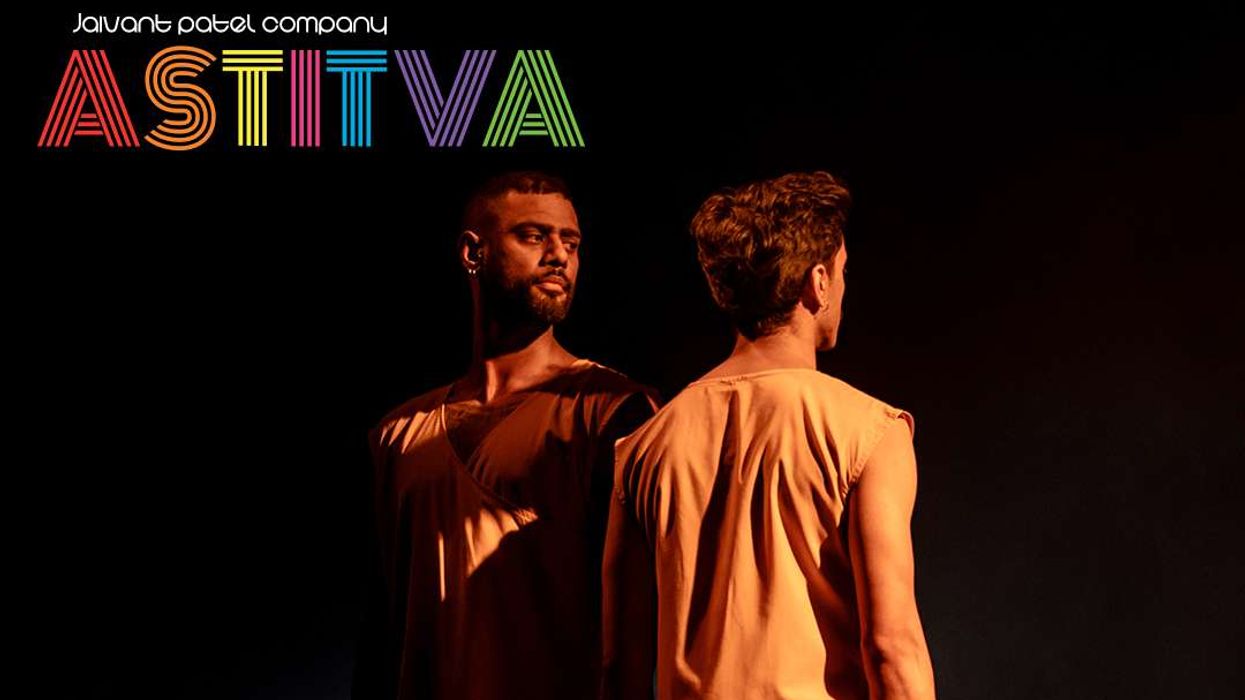
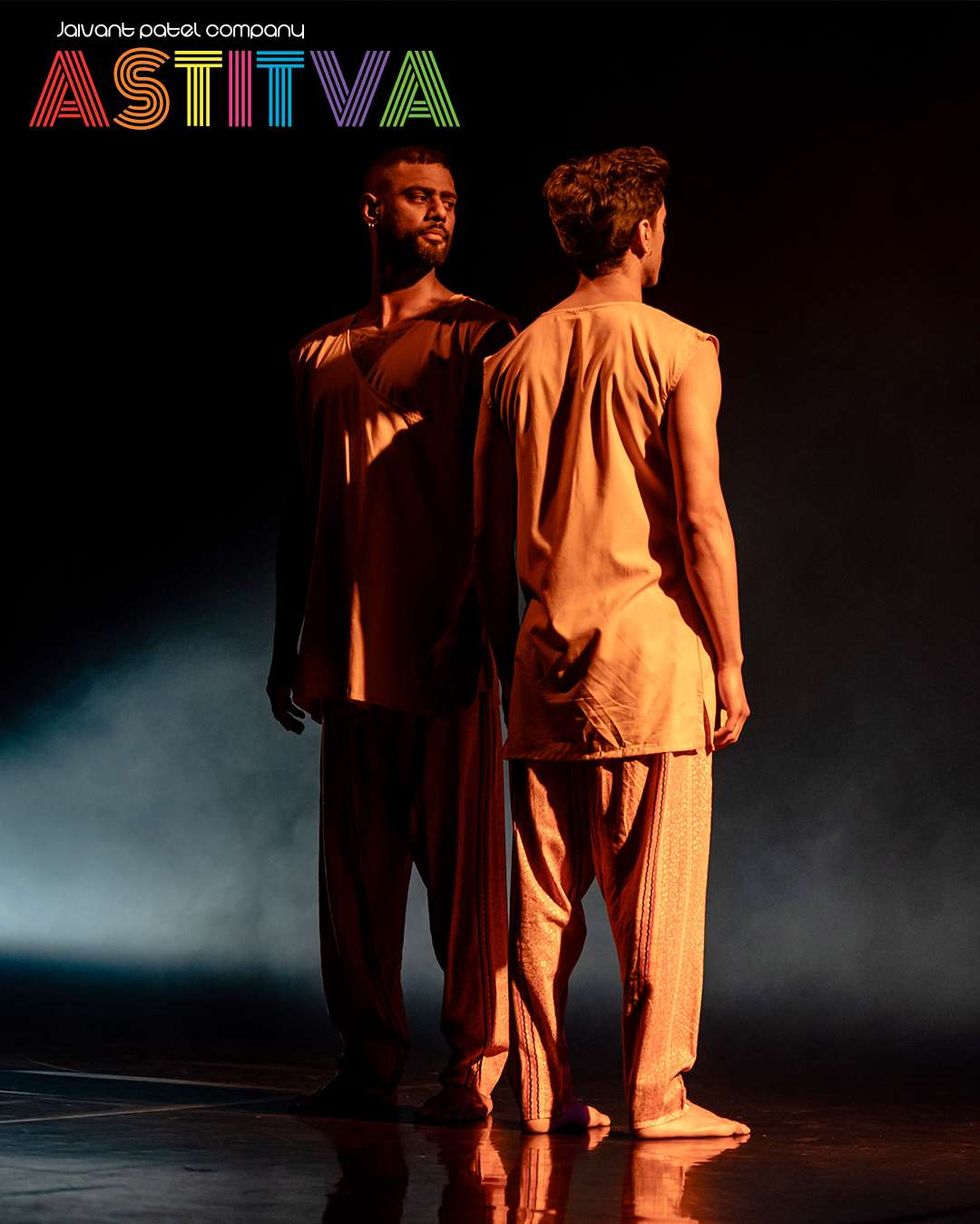 'ASTITVA' pushes back against old stereotypes, choosing to focus on joy and celebration instead of struggle Instagram/jaivantpatelco
'ASTITVA' pushes back against old stereotypes, choosing to focus on joy and celebration instead of struggle Instagram/jaivantpatelco 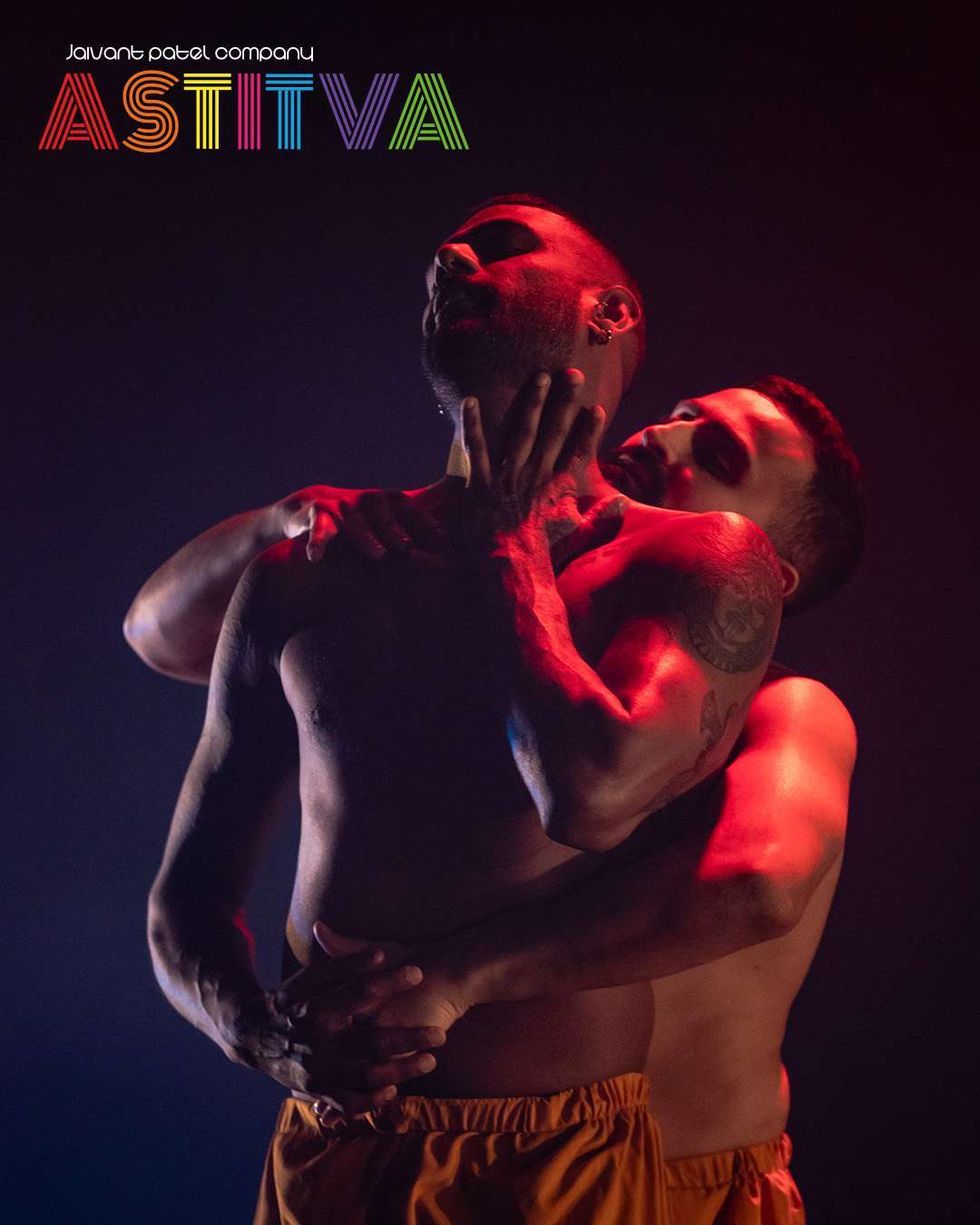 ASTITVA celebrates queer South Asian stories through movement
ASTITVA celebrates queer South Asian stories through movement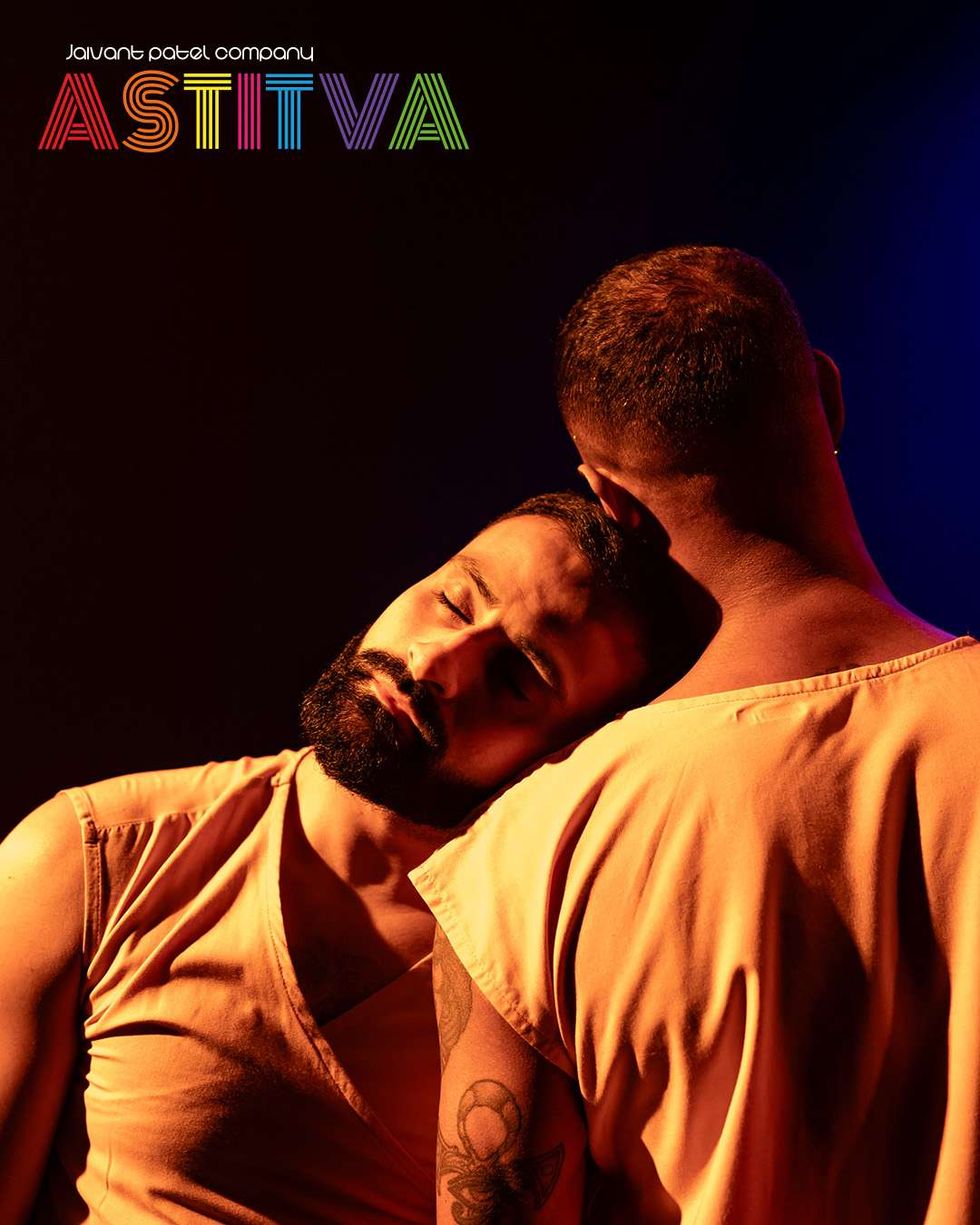 A journey of seeking, desire, acceptance, and love in ASTITVA
A journey of seeking, desire, acceptance, and love in ASTITVA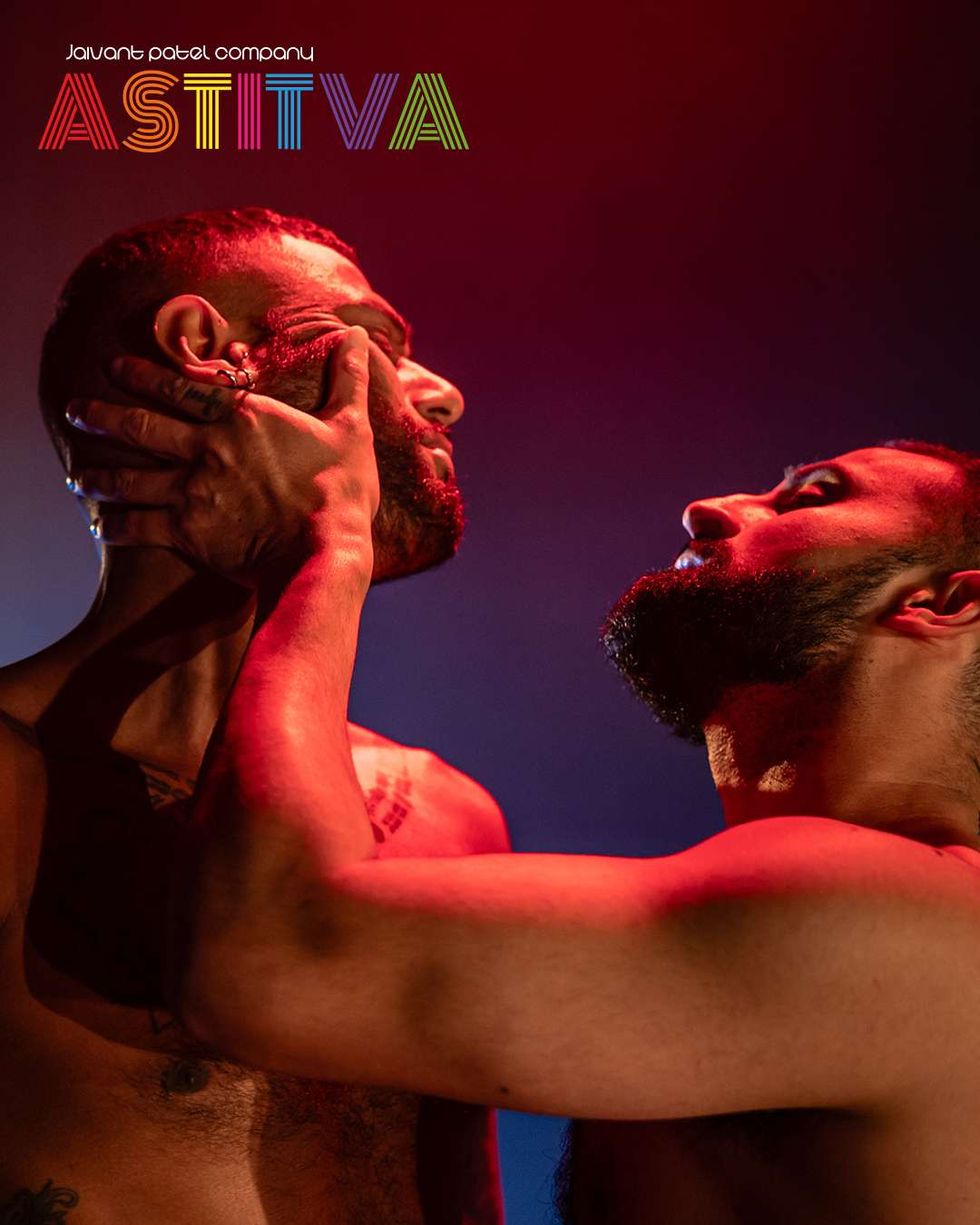 Breaking stereotypes, ASTITVA focuses on empowerment and self-expression
Breaking stereotypes, ASTITVA focuses on empowerment and self-expression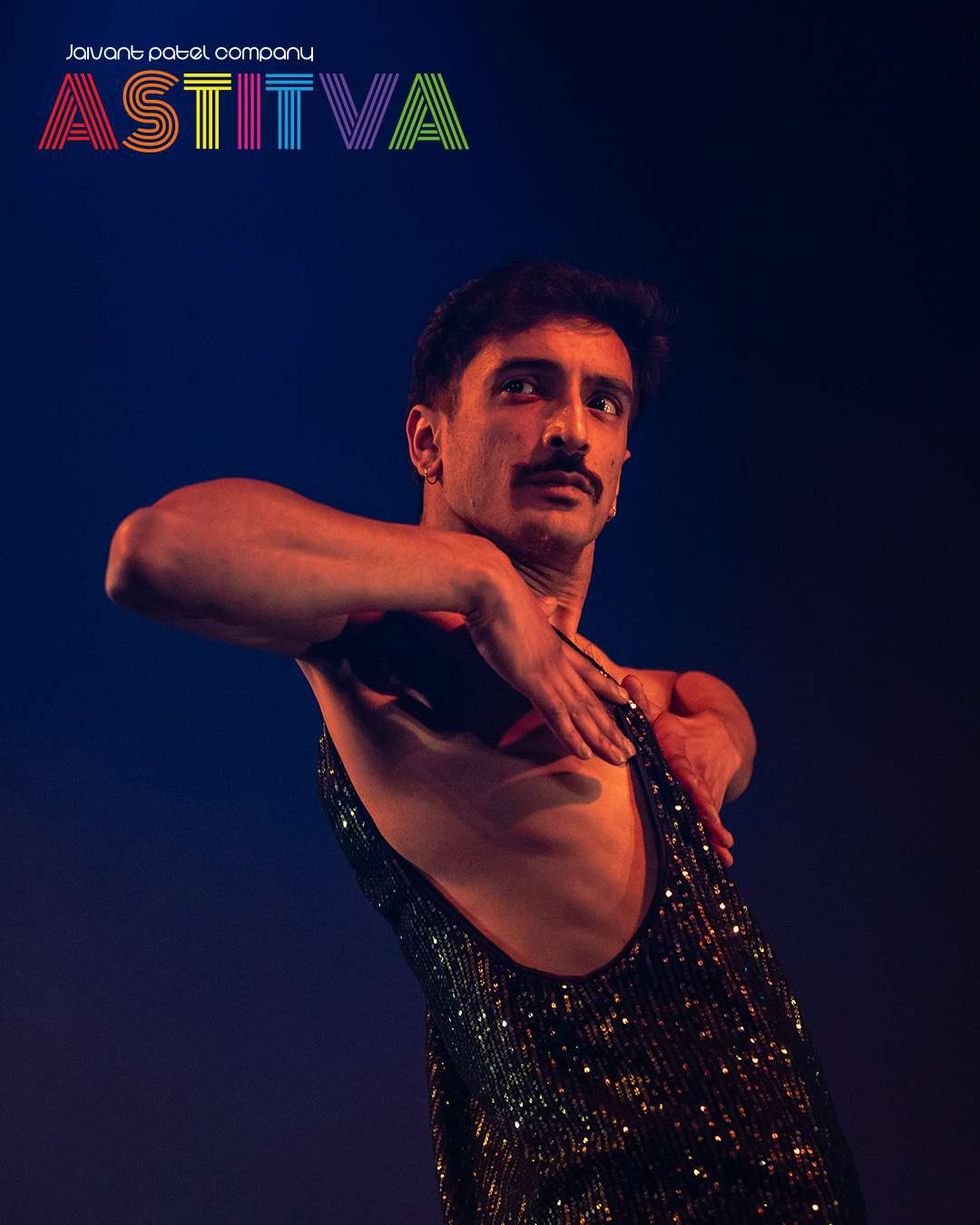 ASTITVA is a contemporary celebration of queer South Asian life
ASTITVA is a contemporary celebration of queer South Asian life